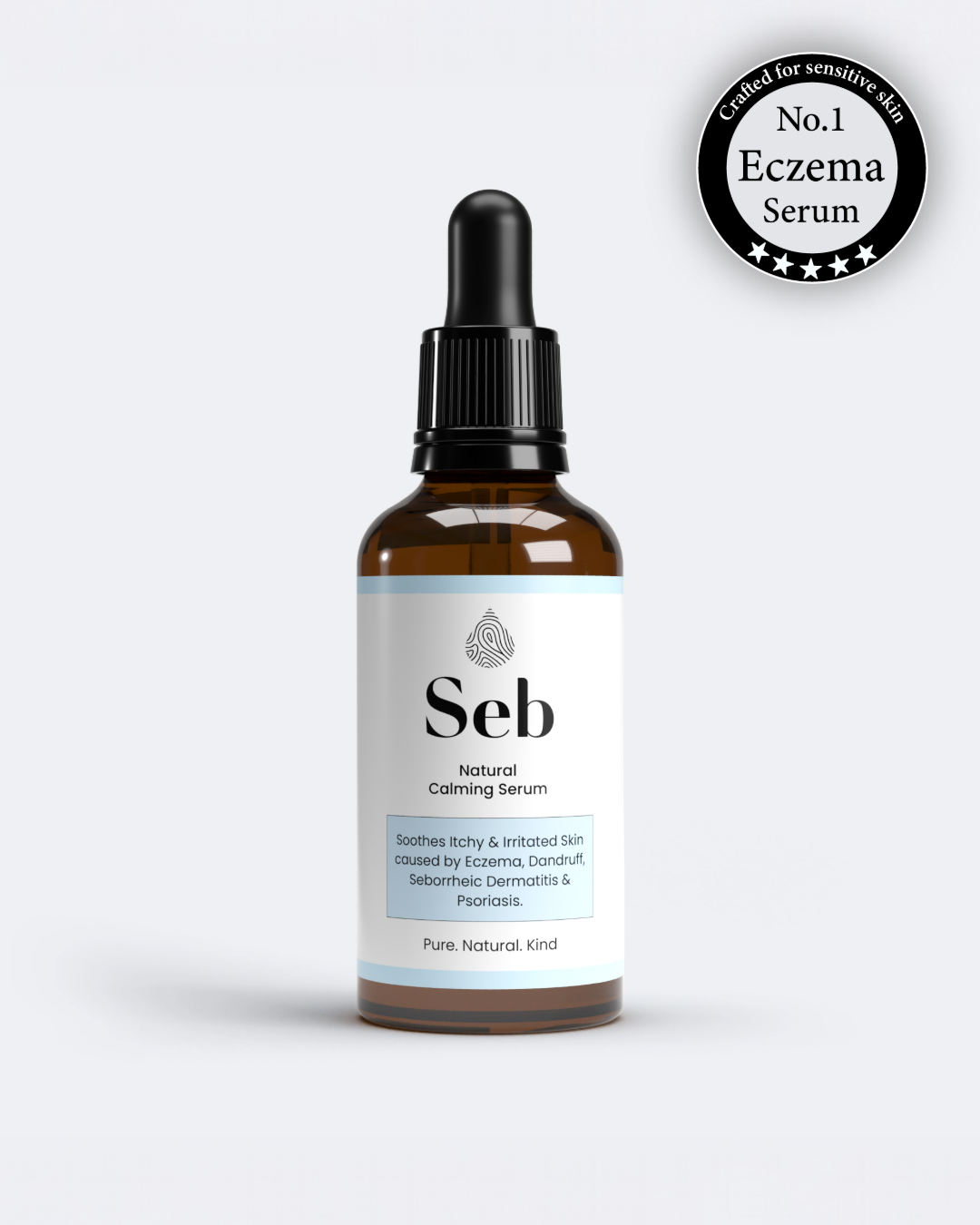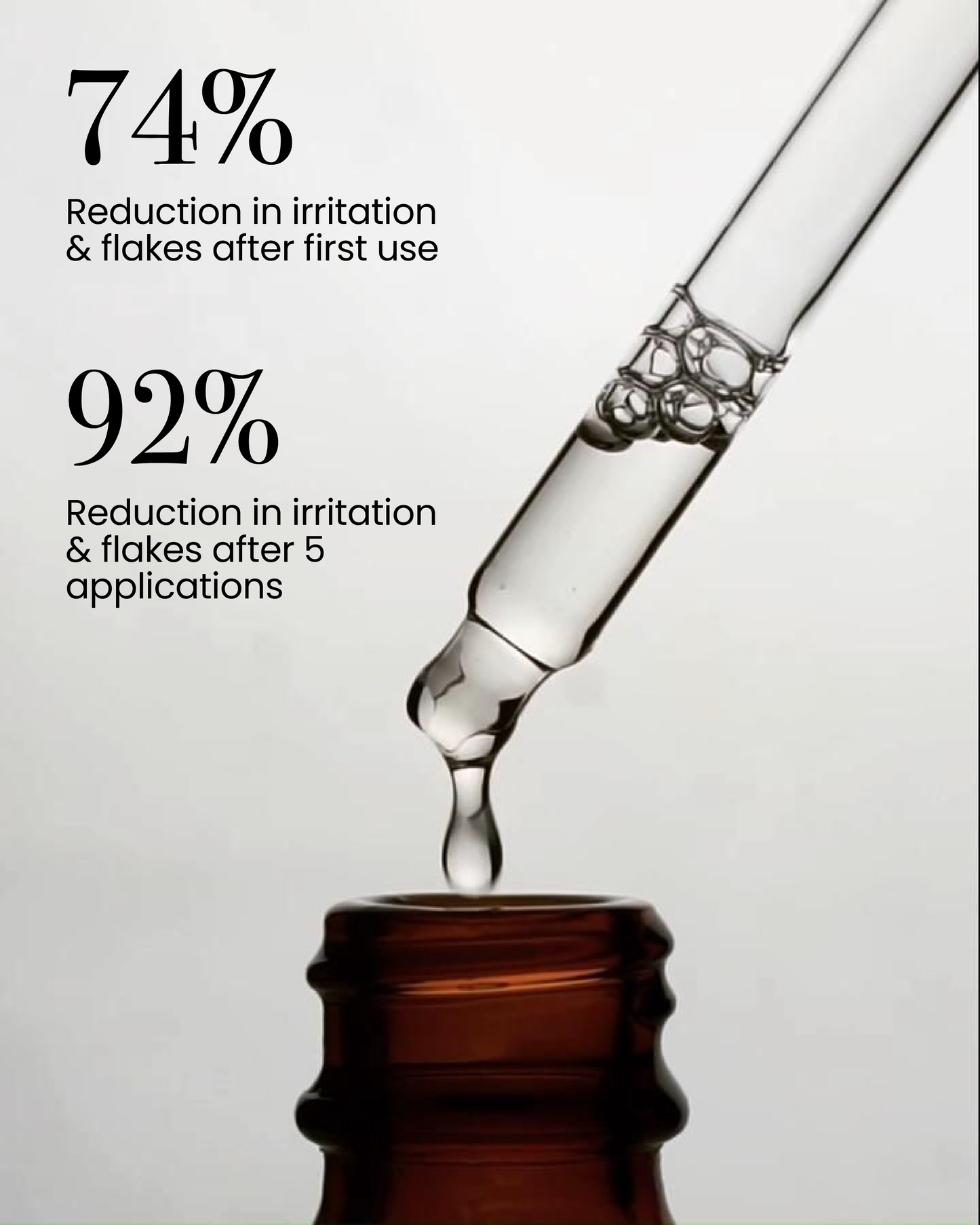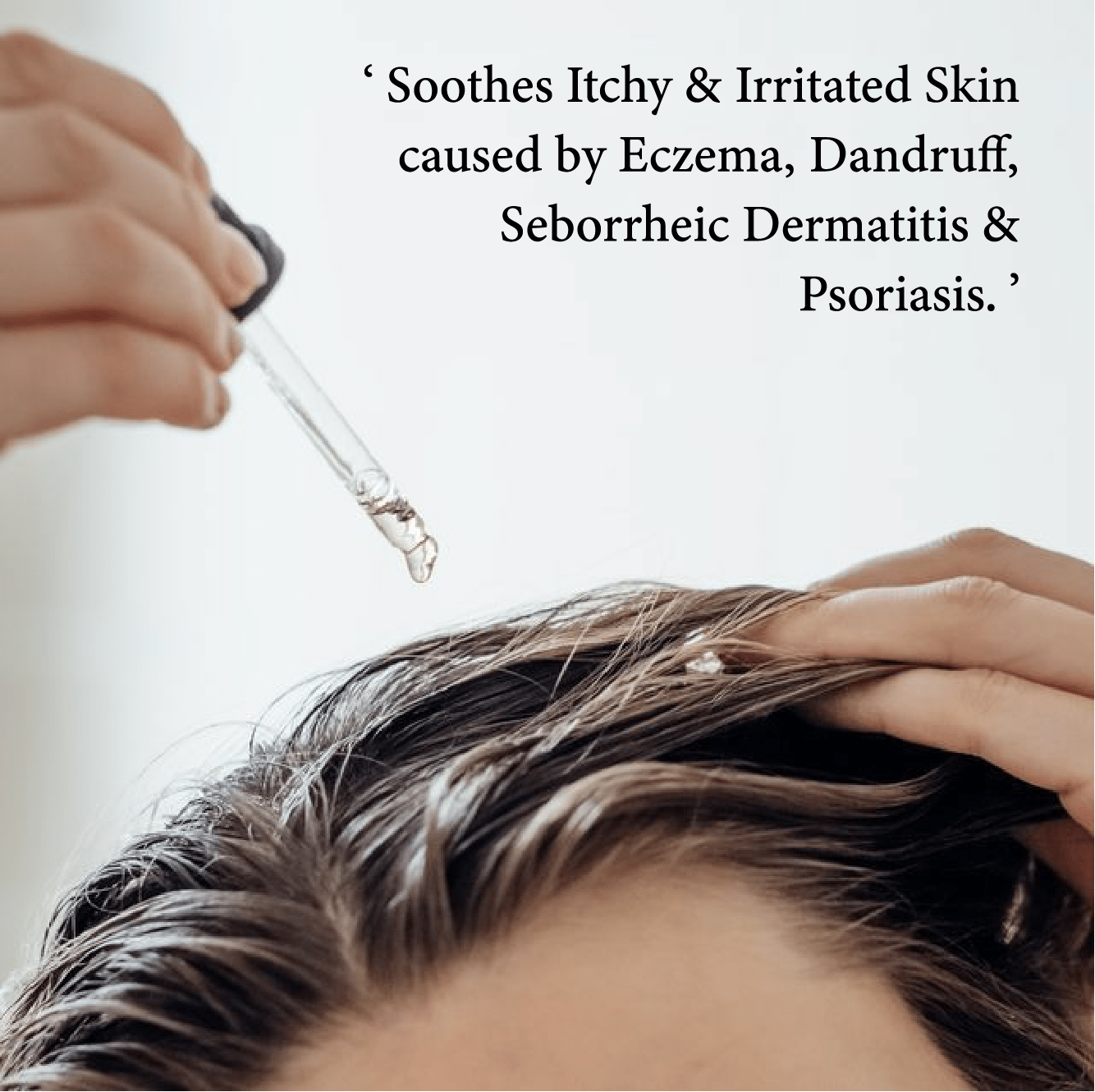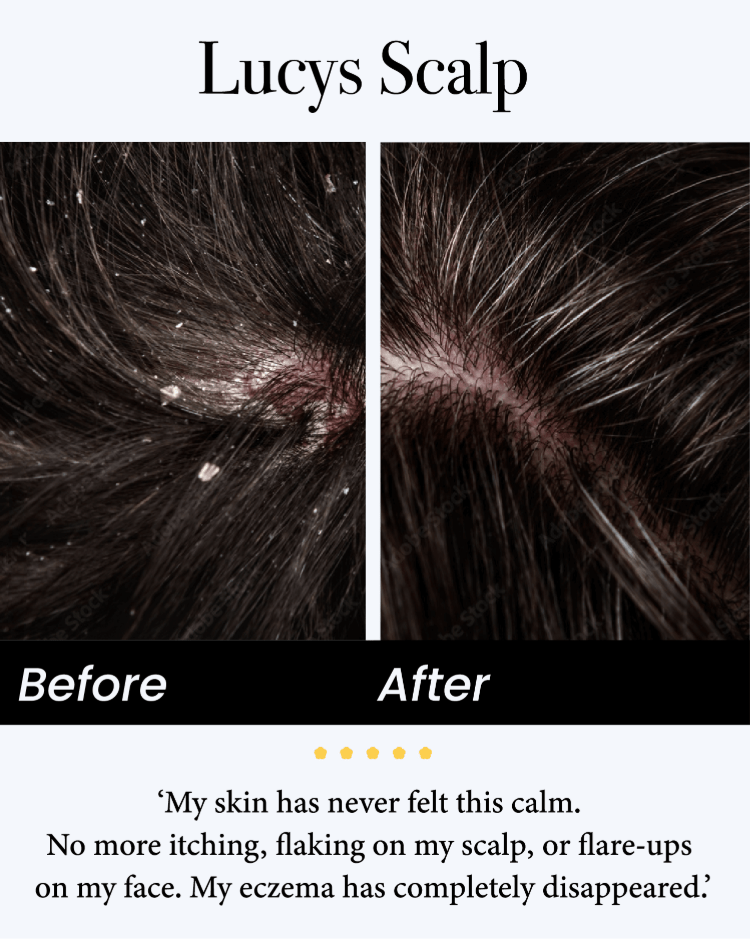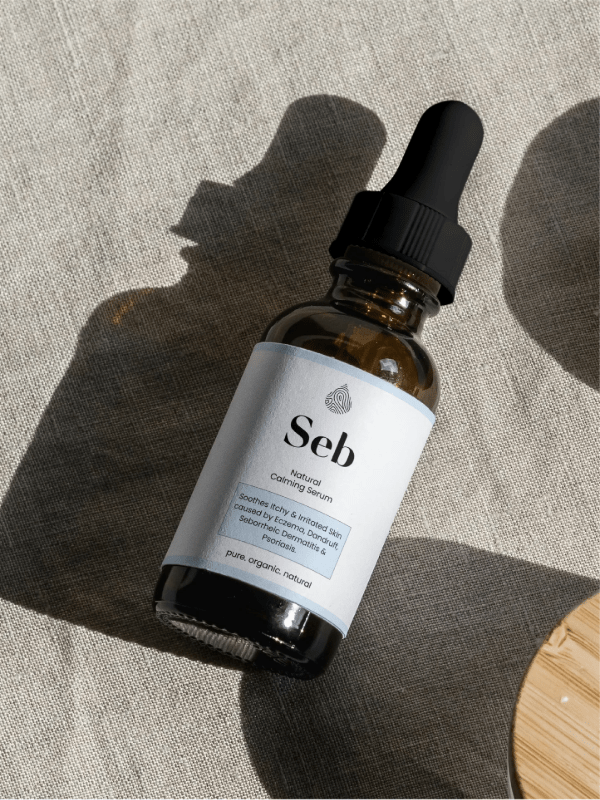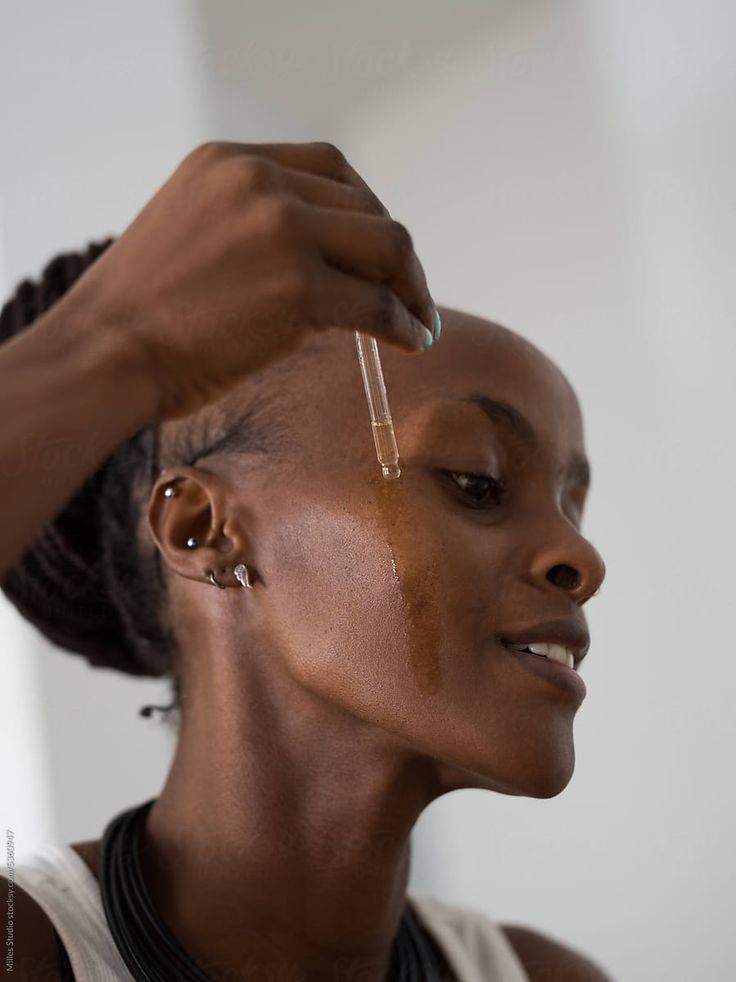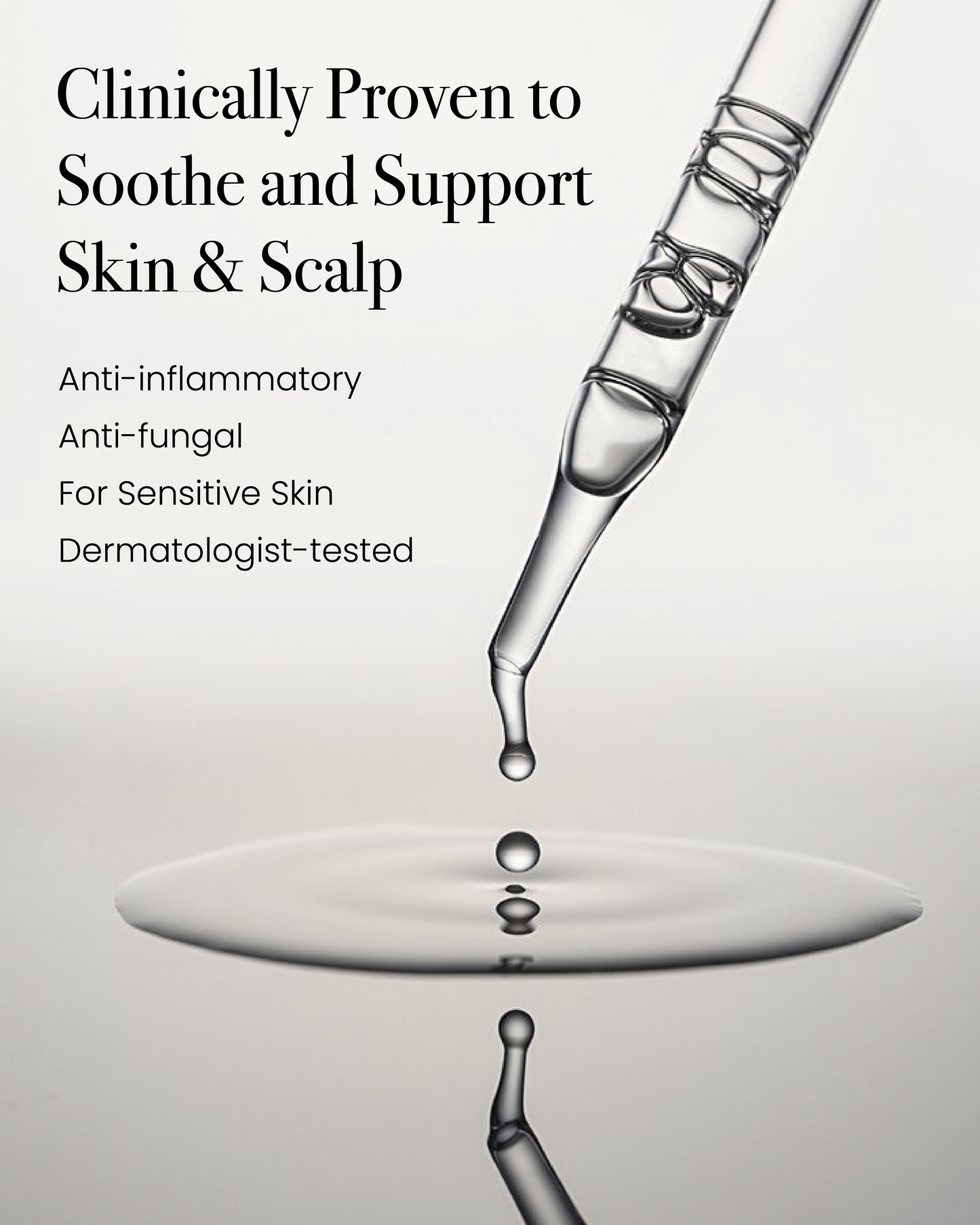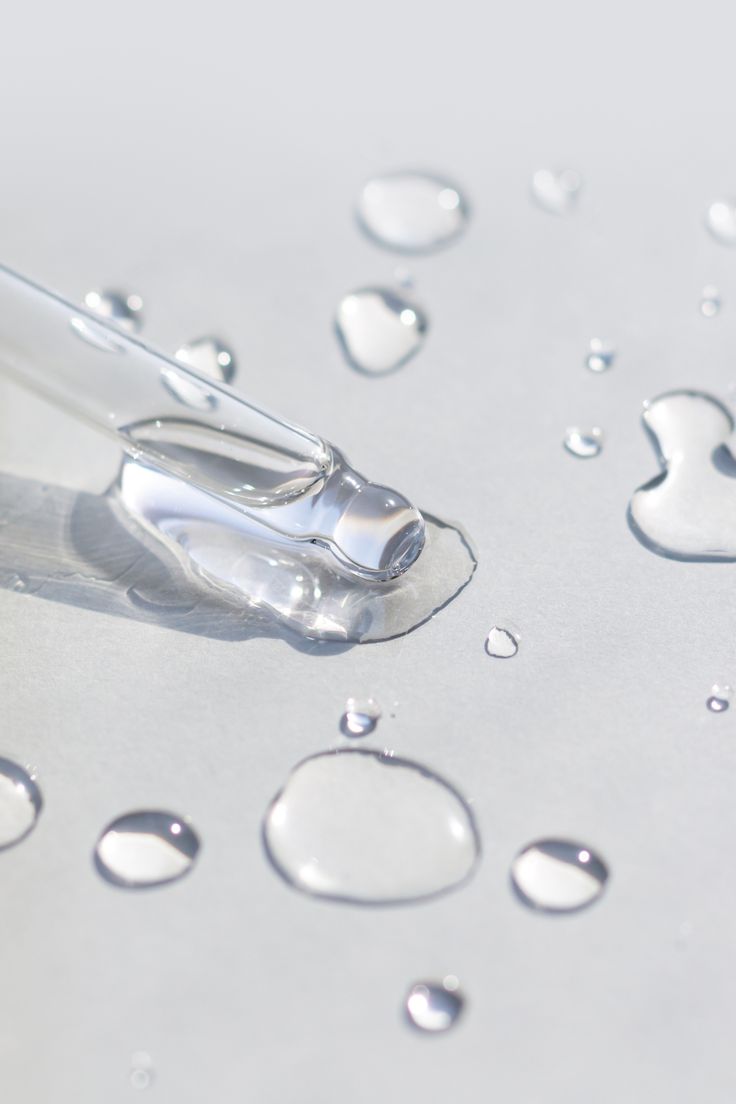
Is It Eczema or Seborrheic Dermatitis? How to Tell the Difference!
Red, flaky, itchy skin? You’re not alone. But knowing whether you’re dealing with eczema or seborrheic dermatitis can make all the difference when it comes to finding relief. At Seb, we speak to so many people who’ve tried everything from steroid creams to harsh moisturisers, only to feel more frustrated than before. So let’s break it down clearly.
🔍 What’s the Difference?
While both eczema and seborrheic dermatitis can look and feel similar, they’re actually quite different under the surface.
Eczema (Atopic Dermatitis):
- Often starts in childhood
- Common on arms, behind knees, face, hands
- Triggered by allergens, stress, weather changes
- Dry, cracked, extremely itchy skin
- Not fungal-related
Seborrheic Dermatitis:
- Linked to an overgrowth of Malassezia yeast
- Often appears on the scalp, eyebrows, sides of nose, ears, beard area
- Can look greasy with yellowish flakes
- Triggers include stress, cold weather, hormone
- Can overlap with fungal acne and dandruff
If your flare-ups are in oilier areas, especially around the scalp or face, seborrheic dermatitis is often the culprit. But yes—you can have both.
🧴 Why It Matters
Because seborrheic dermatitis involves yeast (Malassezia), treating it like regular eczema often doesn’t work. In fact, some rich moisturisers and oils can make it worse.
That’s where Malassezia-safe, antifungal skincare comes in.
🌿 The Broad-Spectrum Solution
At Seb, we created our Calming Serum with this exact issue in mind. It’s formulated to soothe itchy, inflamed skin while also targeting the root fungal triggers behind seborrheic dermatitis.
- Antifungal ingredients like Tea Tree & Thyme
- Gentle enough for facial eczema and flaky beards
- No coconut, parabens, or pore-clogging oils
- Backed by real results from people just like you
Whether you’re dealing with eczema, seborrheic dermatitis, or something in between, the Seb Calming Serum gives your skin the reset it’s been asking for.
👣 Next Steps
Still unsure? Start by tracking your symptoms—where they appear, what seems to trigger them, and how your skin reacts to certain products. And if you’re tired of guessing, try something that’s designed for both sensitive and fungal-prone skin.
Because healing starts with knowing what you’re really dealing with.


